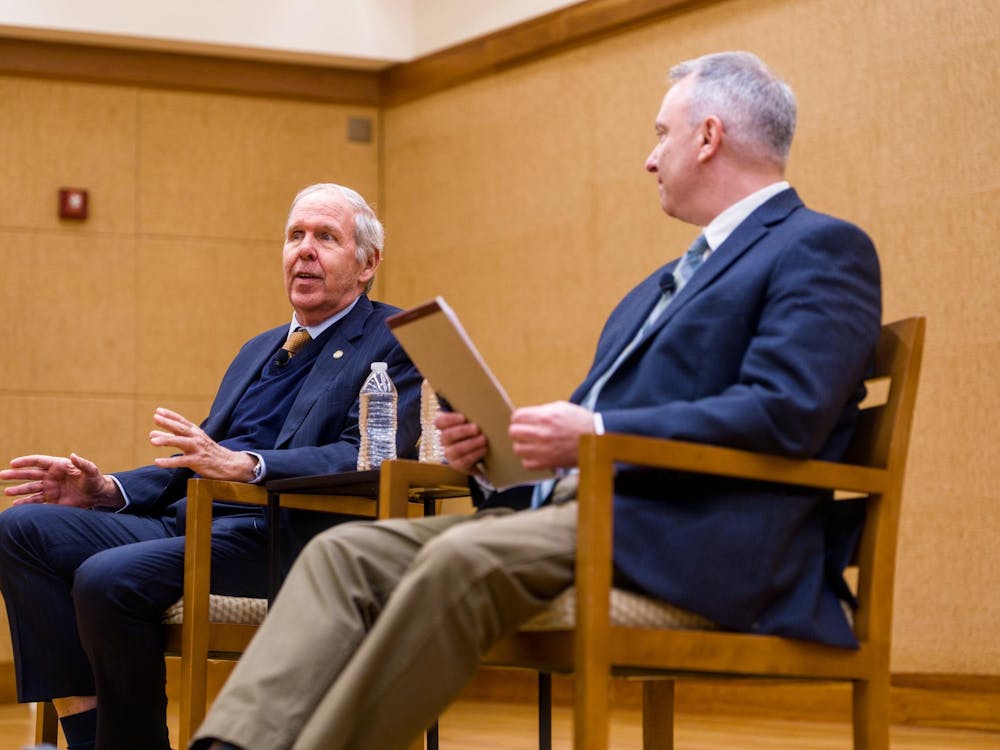A mother rocks her baby's cradle gently, while the tune of Mozart's "Eine Kleine Nachtmusik" fills the air. In the hopes that their child will grow up to be an intelligent or creative individual, many parents have adhered to such music-introduction techniques, which are often controversial in child-rearing.
But since studies of what we now call "The Mozart Effect" began in the 1950s, researchers have discovered that music can do more good than we had previously thought.
Researchers at the Massachusetts Institute of Technology have shown that exposure to music, in the form of learning to play an instrument from a young age, can have a positive impact on speech ability in musicians versus non-musicians. Specifically, the ability to grasp a spoken language and differentiate more easily between sounds is more pronounced in the adult musicians who had begun to play instruments prior to the age of seven. The research was presented at the Society for Neuroscience's annual meeting in Washington, D.C. in November, which brings together approximately 30,000 neuroscientists from around the world.
While she is not a firm believer in the Mozart Effect alone, first-year College student and music major Jennifer Kellett does believe that music can have a positive impact on children.
"I do think listening to music will help children gain skills that they cannot get elsewhere when they are younger," she said."I've been playing for 11 years, and I think it helps me set goals ... and it might help kids to have something to work towards."
Postdoctoral Associate Nadine Gaab and Prof. John Gabrieli at MIT, along with their team of researchers, carried out the study at Stanford in 2004. Their findings are to be published this December in the Annals of the New York Academy of Sciences.
The study, which consisted of up to 40 individuals, dealt with two different aspects of sound and speech perception. The first part, consisting of 28 individuals, showed that musicians were much faster and accurate in detecting the slight split-second differences between pairs of syllables, such as ba or da, than non-musicians.
The second part of the study involved the use of functional magnetic resonance imaging, or fMRI, to map neural activity and function by directly analyzing blood flow to the various parts of the brain. The purpose of mapping the brain activity was to determine whether or not exposure to music changes the brain's sound-processing abilities. Participants were asked to listen to three tones and then reproduce what they had heard by pressing specific buttons on a panel.
The result indicated that musicians outperformed non-musicians and were correct 85 percent of the time, whereas the average for non-musicians was 50 percent. But according to Gaab, the fMRI revealed that the areas of the brain that control language ability had been altered with training in music. These alterations had resulted in more efficient processing of sound perception and timing, which obviously played a dual role in speech and music.
For Gabrieli and other researchers, who hope to use these data and future studies for broader application, the findings could help children with below average reading or speech abilities. But young children are not the only ones who can benefit from such studies. With more information about brain activity and speech development, the researchers also hope to investigate possibilities for those with dyslexia, seniors whose speech ability and verbal memory are declining, and even people learning a second language, Gaab said.
For now, it seems that many opportunities exist as to how music can affect the brain. It's up to researchers to find out how and why, so that such secrets of the brain can be unlocked and applied to memory and speech developmental skills, especially for younger children.






